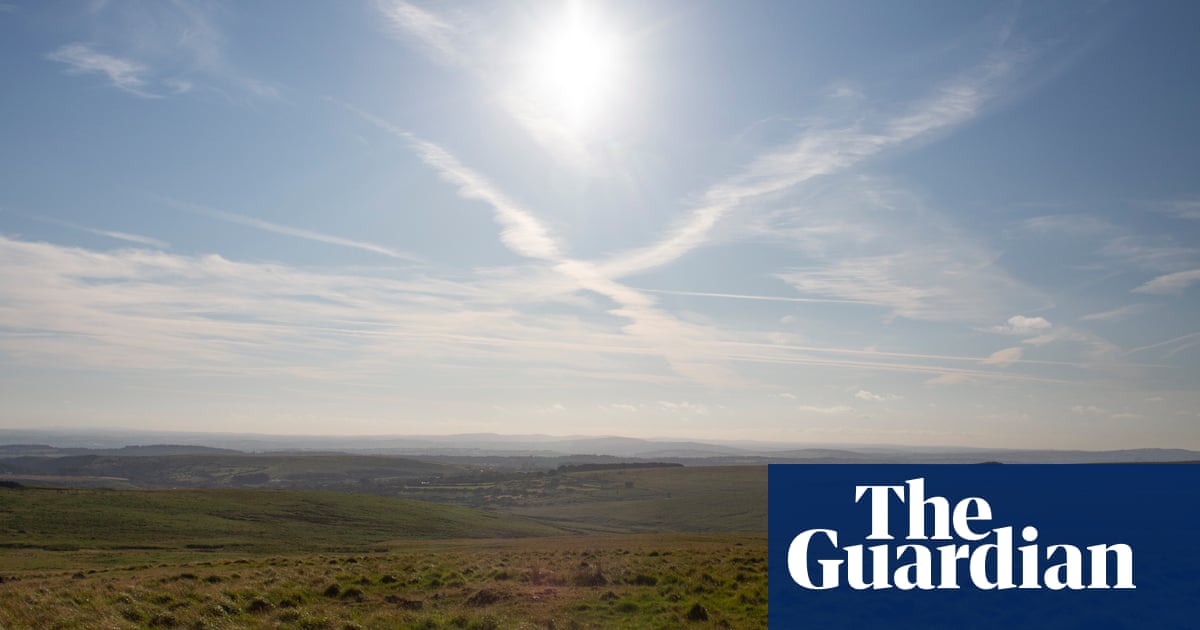
"Dartmoor is characterized by its striking landscapes, including rivers threading through moorlands, ancient boulders adorned with lichens, and historical burial mounds that indicate human presence for thousands of years."
"Despite its protected status as a site of special scientific interest, Dartmoor's wildlife is declining, with breeding populations of birds like golden plover and red grouse disappearing or on the brink of extinction."
"Experts indicate that many national parks, often praised for their natural beauty, are biodiversity deserts, with actual species and habitat conditions deteriorating within Dartmoor compared to outside its boundaries."
"Natural England's assessment reveals that only 0.1% of Dartmoor's three largest protected sites are in a favorable condition, highlighting significant ecological concerns in this renowned landscape."
Dartmoor features unique landscapes such as open moorland, rivers, and ancient geological formations, indicating a rich human history. Recognized as a site of special scientific interest, it shelters diverse ecosystems, including blanket bogs and oak woodlands. However, significant wildlife populations are disappearing, with species like the golden plover and red grouse in decline or facing extinction. Despite its recognition as a national park, ecological assessments reveal that most of its protected areas are in unfavorable conditions, indicating a pressing need for conservation efforts and better management of natural resources.
Read at www.theguardian.com
Unable to calculate read time
Collection
[
|
...
]